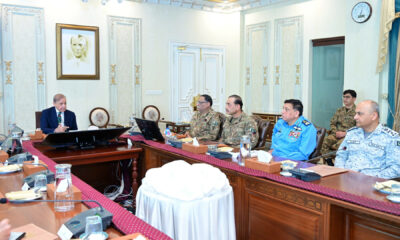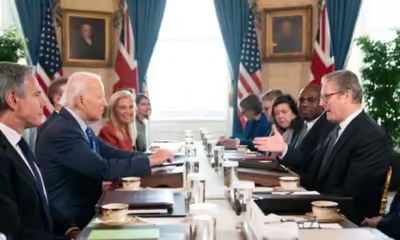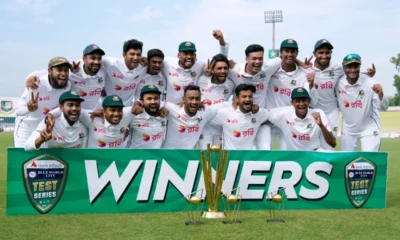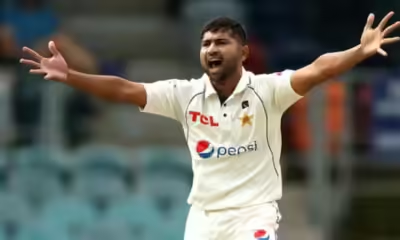International
False Flags, Broken Promises & Nuclear Posturing: Pakistan’s Last Stand Against the Indo-Israeli-American Nexus
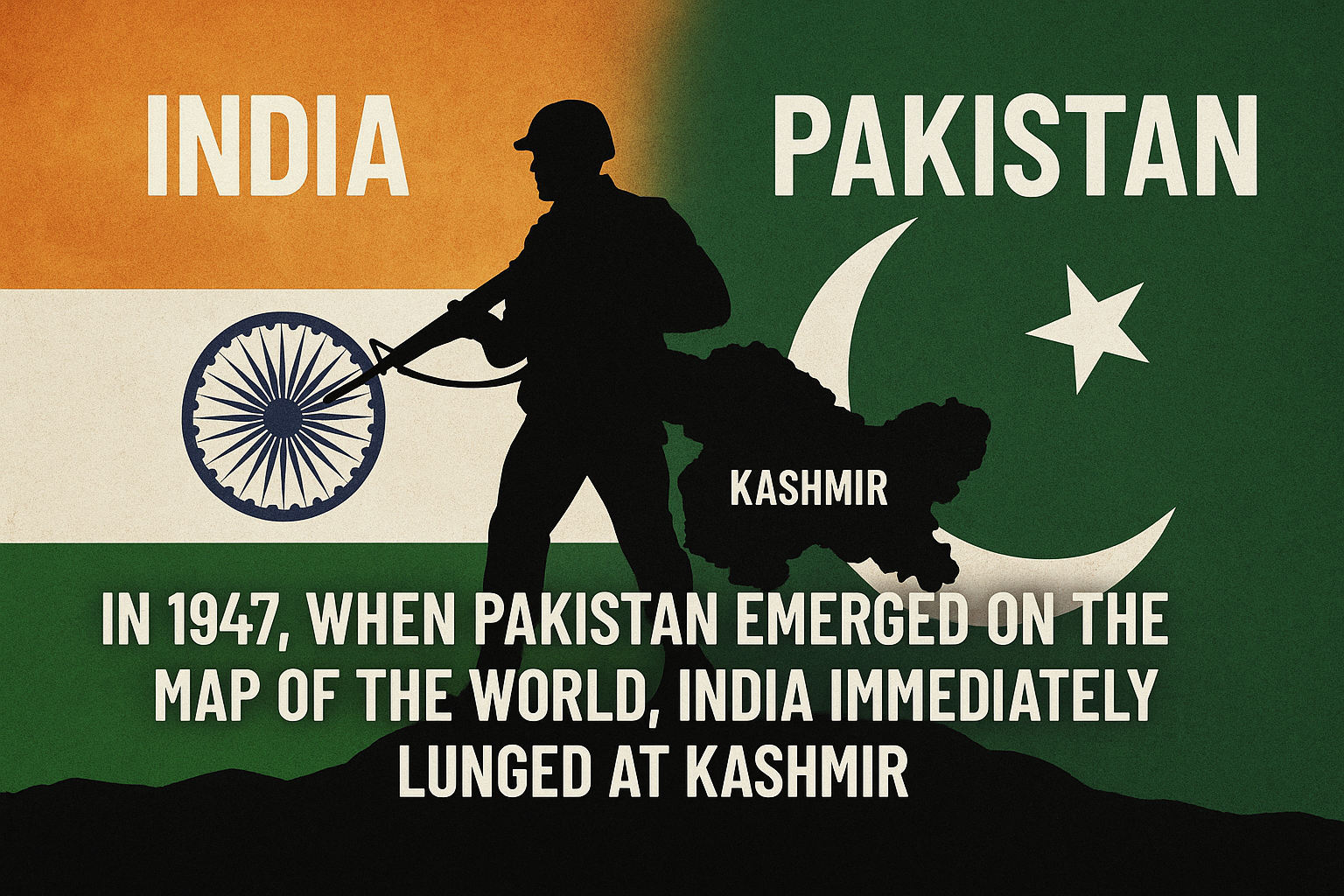
In 1947, when Pakistan emerged on the map of the world, India immediately lunged at Kashmir. But when resistance got fierce and their ambitions faltered, they came crying to the UN, pretending to be peace lovers. They called for a ceasefire and a plebiscite — which, let it be known, never happened. Instead, after a slap on the wrist, they rearmed and began barking again. This is India’s cycle: attack, fail, cry diplomacy, and restart.
India has never dared fight Pakistan alone. In 1971, the Soviet Union stood with them. Pakistan had U.S. sympathy, but Israel sabotaged that by pulling America back. Israel provided India diplomatic cover while the West watched silently. There was no pressure on India because they wanted a war-friendly environment — and they got it.
Pakistan’s 1971 dismemberment wasn’t a pure military failure. It was a complex storm of betrayal, misinformation, and global indifference. But India wasn’t done. In 1979, when the Soviets entered Afghanistan, India plotted to capitalize. Operation Brass Tacks in 1986 was a clear attempt to choke Pakistan — Russia from the west, India from the east. General Zia-ul-Haq warned them outright: “If we die, 55 Muslim countries will remain. But no Hindu will be left.” That was the moment nuclear deterrence was born.
In 1981, Israel bombed Iraq’s nuclear reactor. The same blueprint was drafted for Pakistan’s Kahuta facility. Israeli jets were stationed on Indian airbases, ready to strike. But Pakistan’s intelligence intercepted the plan. Zia’s masterclass in diplomacy, not just prevented the strike but also rechanneled U.S. aid into strengthening our nuclear program. We survived not just through arms — but by wit and will.
Then came Kargil, 1999. Pakistan seized the jugular of India — those Himalayan heights over the Srinagar highway. Despite India’s tanks, air force, and manpower, they couldn’t reclaim the land. What they couldn’t win in combat, they begged back through diplomacy. Under U.S. pressure, a weak Pakistani civilian government caved. Kargil wasn’t a military loss — it was another diplomatic defeat.
Post 9/11, India saw an opportunity. While the world raged against terrorism, India diverted that anger onto Pakistan. Only India called for direct attacks on a nuclear state. They manipulated global perception, branding Pakistan’s nuclear arsenal as a Muslim threat. Musharraf made the hard choice — redirect the heat toward the actual battlegrounds — but the cost was high.
India’s tactics never changed: False Flag Ops, Narrative Manipulation, War Propaganda.
1971 Ganga Hijacking – staged by Indian agents to justify airspace bans.
2006 Mumbai Attacks – one captured attacker confessed in pure Hindi, yet the blame fell squarely on Pakistan.
2019 Pulwama Attack – another false flag. India used it as an excuse for a surgical strike. But what happened? Pakistan shot down their jets. Abhinandan was caught, paraded, and then returned. The only narrative India clung to was his return — because everything else was a public humiliation.
Recent Events – Pehlgam Drama
History repeats itself. Just like Pulwama, Pehlgam is another narrative set-piece. But now, India is fully prepared. Their army has trained, alliances are in place, and global narrative is on their side. Within minutes of the Pehlgam attack, Indian social media exploded with war cries. The world didn’t ask who did it. They just nodded at India.
Why? Because Modi is in trouble. Manipur is burning, Sikh farmers are rebelling, Muslims are rising against oppression. So he plays the only card that works — the anti-Pakistan war card.
Pakistan, on the other hand, is unprepared. No national security advisor. No strong diplomat. We sent a finance minister to do diplomacy! Russia won’t support us. The U.S. is tilted toward India. The Indo-Israel-U.S. nexus is real — and dangerous.
Trump’s recent words were chilling: “Muslim countries with nuclear weapons should not be allowed.” Who’s he pointing at? Pakistan. Strategic U.S. bombers now sit in Diego Garcia — they say it’s for Yemen, but we know better. India is using the U.S. strategy against China to justify war with Pakistan.
Even Saudi Arabia, our so-called brother, hosted Modi during the Pehlgam attack. Not a word for Pakistan. Not even a delay in their red carpet. The world has given India a license to kill — and the Indian media has ignited public frenzy.
And Pakistan’s government? Silent. Sleeping. Delayed responses. No proactive diplomacy.
They think this is information warfare. But history says otherwise. Every Indian operation — from Ganga to Pulwama — has been a precursor to escalation. And now, if India escalates again, they may attempt to shut down the Indus Waters Treaty. Their dream of Akhand Bharat demands the slaughter of 200 million Muslims.
Will we watch silently — like we are watching Gaza?
This war, if imposed, must be fought with the spirit of Ghazwa-e-Hind. Because now it’s not just politics — it’s survival.
When the Indian army starts dragging our daughters out of their homes — then the skeptics will understand why war is necessary. Over 70% of Pakistan’s population lives on the eastern rivers. A blockade or assault would trigger a migration catastrophe.
This is the moment of trial. The enemy is unified, strong, and bloodthirsty. And yet, Inna Ma’al Usri Yusra — with hardship comes ease.
If India doesn’t attack, that will be nothing short of a miracle granted by Allah. Because everything — their posture, alliances, and propaganda — screams WAR.
Pakistan must act. Now. With grit, faith, and ferocity.
Break their teeth. Show the world: this is what happens when you threaten us. And if they strike — strike back with fire, not flowers.
Because next time, they won’t just come for land — they’ll come for your children.

